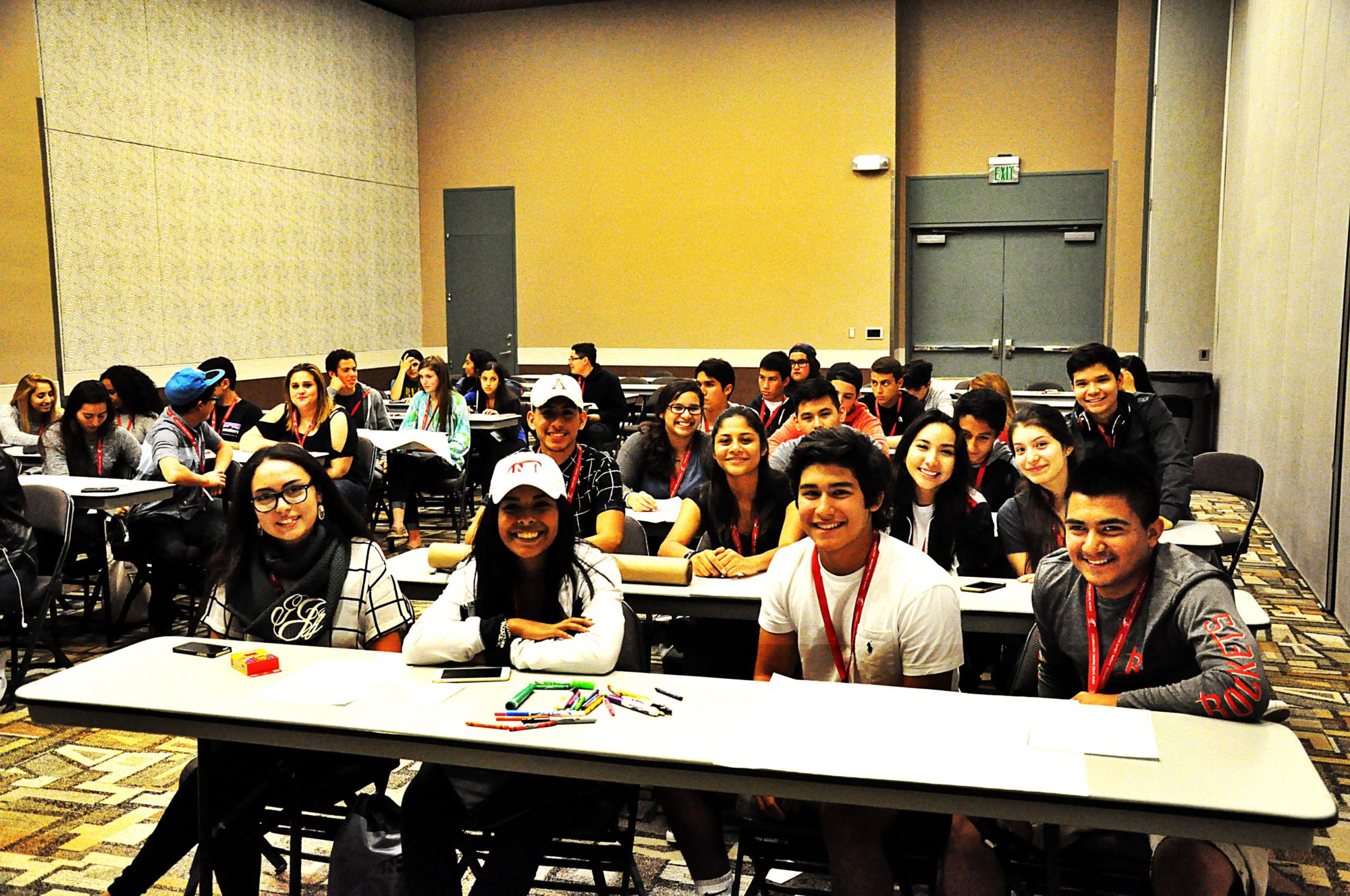CSE, Ernesto Nieto
The Guiding Principles of Community Social Entrepreneurship

To better understand the idea of community social entrepreneurship, it’s best to look at how each of the three words come together to create the concept, and then examine the guiding principles that show how the concept works when applied to the real world.
The word “community” infers the specific constituency where a project is vested and managed, not from resources provided by private industry or government, but those generated by the intended beneficiaries because of the good a project represents to their values, aspirations, and interests.
The term “social” infers the interactive involvement of people driven by common interests. It connotes a particular spirit of engagement, people working together to cultivate their resources, advance their interests, and strengthen their community assets.
Entrepreneurship means much more than the application of business principles in carrying out a social good. It also involves the non-exact science of field testing ideas, evaluating market potential, innovating, and adjusting to the changing trends and interests of people’s ideas and sentiments. It infers risk-taking, often relying heavily on intuition and learning from the act of doing.
Other guiding principles include the following:
- The governance remains with the community in which it is centered, certainly not under the control outside sources and authorities;
- The investor and beneficiary is the target audience.
- Community advancement is measured in skill development, competency enhancement, and confidence in managing constituencies.
- Collaboration and cooperation replace authority and power as the focus;
- The idea of reaching goals through self-management and imaginative thought builds confidence;
- Sustainability is seen as crucial to a community endeavor;
- Recognition for good work becomes part of the chemistry of engagement;
- The responsibility for change is placed in the hands of its members rather than external sources;
- Shared values and shared responsibilities for the outcomes become the energy and spirit behind the mission;
- Failure and disappointment is part of the learning process;
- Legacy is key to a community undertaking;
- Asset development is a key outcome of a community effort;
- Encouraging the heart, fostering courage, and heightening the spirits are all integral to the experience.
These principles differ from the community change practices that have been the mainstay strategies of most civil rights efforts, and help distinguish the National Hispanic Institute as a unique organization with its own perspective on how to create meaningful change.
Students who have gone through our three high school programs (the Great Debate, the Lorenzo de Zavala Youth Legislative Session, and the Collegiate World Series) are already familiar with these guiding principles. Those programs now are under the banner of the School of Community Social Entrepreneurship, and these guiding principles have been integral to those teachings all along.


Comments (0)